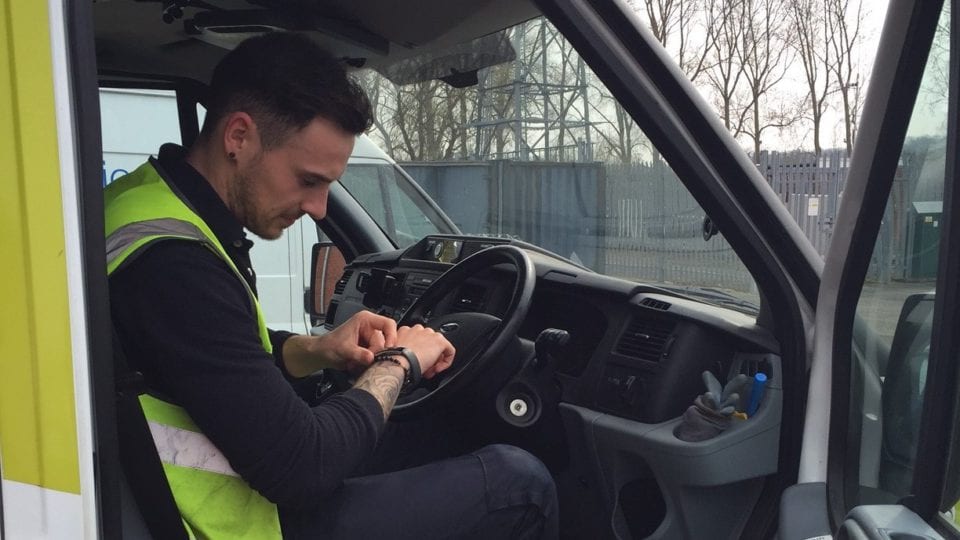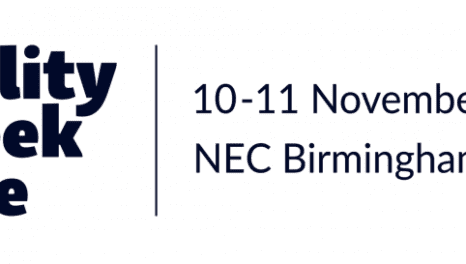Transforming lone working
A new application of wearable tech has radical implications for lone worker health and safety says David Goldsby, digital innovation manager, National Grid Labs.
14th July 2016 by Networks

Today’s world moves fast. Technology is ever changing and whether it is paying for coffee, shopping online or ordering train tickets, we are always looking for the latest app or gadget to make our lives a bit easier.
National Grid is no different and we believe that innovation and improvements in technology can have huge advantages in the workplace improving safety, reducing costs and speeding up the process of repairs.
Around a year ago we set up the new ngLabs team to look at some of the ways the latest technology can help the company develop. I am the Digital Innovation Manager, and alongside four in-house developers I seek out solutions to improve efficiency.
A lot of the technology we work with is very new and some has not yet been released to the public so we have to work fast on new ideas to ensure National Grid stays one step ahead of the competition.
Developing ideas and projects in-house helps us to save money, have more control and mould products to fit our exact needs.
Since we launched the team ten months ago we have had floods of ideas from across the business on where emerging technology can be used to enhance day-to-day work.
People don’t often realise that engineering is not always about large scale developments and can be used for a range of different areas such as health and safety and employee training.
Once an idea is shortlisted, a lead developer is assigned and is in direct contact with the business sponsor and team from start to finish. After the proof of concept is developed and tested, it is passed onto the mobility team where it is produced on a larger scale for the business.
One of our first projects is our critical worker project which uses interactive wrist bands developed by Microsoft to monitor the health, well-being and safety of workers who are alone on site or regularly visiting homes.
The bands help identify the exact location of employees as well as measuring vital statistics such as their heart rate and have been tested by teams across the UK and US. The technology enables remote and lone workers to send a signal to let their colleagues know they’ve checked in on site and they’ve checked out.
There’s no extra paperwork to fill in or phone calls to make, meaning information is captured quicker and it’s easier to see if there is a problem.
As well as offering an alert if something goes wrong, the fitness band also brings healthy benefits such as a step counter to manage daily exercise and encourage people to be more active.
After so much hard work it is great to see our team’s first project receiving such brilliant feedback. I am very proud of what we have achieved so far and looking forward to working on many more exciting projects over the year ahead.
Comments
Login on register to comment
Related content

Power
Utility Week Live 2020

Innovation, technology & operations
Building a net-zero network for north Scotland
As owner of the electricity transmission network in the north of Scotland, SSEN Transmission has a critical role to play in the transition to net zero - by building the transmission infrastructure required to connect renewable electricity generation, and transporting that clean electricity to areas of demand, writes Bless Kuri, head of transmission system planning and investment.

Gas
2020 vision: Siemens’ outlook on the next 12 months
Will 2020 be a turning point on the road to net-zero? Energy systems specialist Siemens, headed by GB chief executive Carl Ennis, looks ahead to advances in generation, off-grid networks, electric vehicle uptake and corporate transparency.